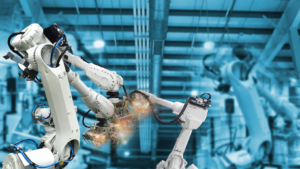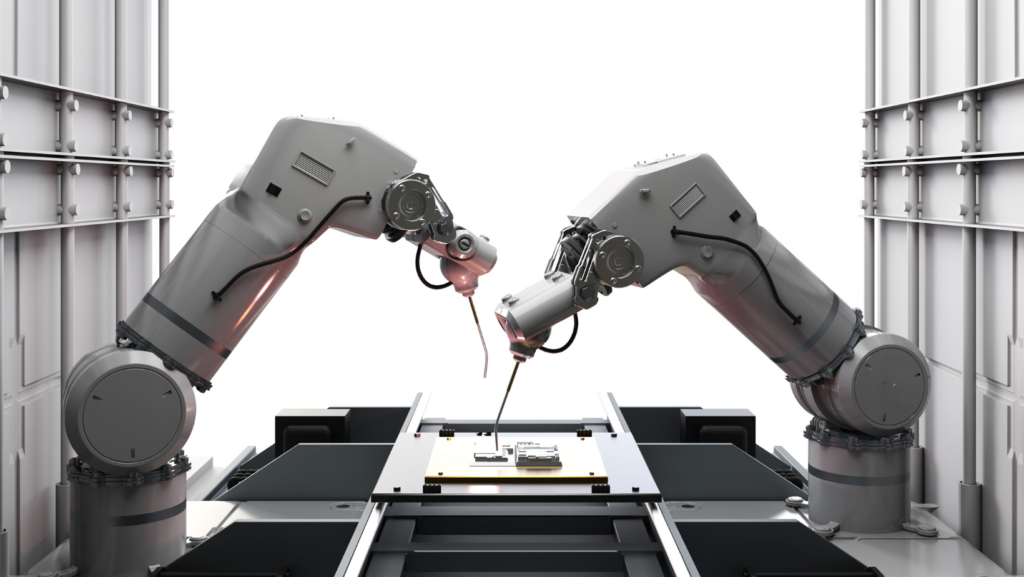In today’s fast-paced digital landscape, businesses are increasingly turning to IT automation solutions to streamline operations and boost efficiency. With the demand for quicker service delivery and reduced human error, automation has become a critical component in modern IT infrastructure. By automating repetitive tasks, companies can focus more on innovative strategies and less on mundane processes.
IT automation solutions offer a variety of tools and technologies designed to enhance productivity and ensure seamless workflow management. From automated software deployment to network configuration, these solutions are transforming how organizations handle their IT needs. As businesses strive to remain competitive, adopting automation not only saves time and resources but also empowers teams to achieve more with less effort.
Incorporating IT automation into business strategies is no longer optional—it’s essential. Companies that embrace these solutions are better positioned to adapt to market changes and drive growth. As technology continues to evolve, the role of automation in IT will only become more significant.
IT Automation Solutions

IT automation solutions use technology to perform repetitive tasks, reducing the need for manual intervention. They improve operational efficiency, allowing businesses to allocate resources to strategic initiatives. Automation processes involve setting up workflows where software executes predefined actions across various IT environments.
Key components of IT automation include scripting languages, orchestrators, and configuration management tools. Scripting languages like Python enable custom automation scripts. Orchestrators, such as Jenkins, coordinate tasks across multiple systems. Configuration management tools, like Ansible, manage and configure infrastructure automatically.
Scalability is a significant advantage of IT automation. Companies can rapidly expand their operations without a proportional increase in workforce. Improved accuracy is another benefit, as automated systems reduce human error in complex processes. Monitoring tools track performance, ensuring that automated tasks meet desired outcomes.
Key Benefits of IT Automation

IT automation offers significant advantages that can transform business operations. Companies leveraging automation gain a competitive edge and adapt to technological advancements effectively.
Automation optimizes repetitive tasks, leading to faster completion times. It integrates processes seamlessly, enhancing productivity without manual intervention.
Organizations release resources for strategic initiatives by reducing time spent on mundane activities.
Cost Reduction
Adopting automation lowers operational costs by minimizing errors and streamlining workflows. Automation reduces reliance on manual labor, decreasing staffing expenses. It also leads to better resource allocation and reduces wastage, enhancing overall financial efficiency.
Improved Accuracy
Automation ensures precise task execution, reducing human error in data handling and process management. With predefined instructions, systems deliver consistent and reliable results. This accuracy enhances decision-making and contributes to maintaining high service quality.
Types of IT Automation Solutions

IT automation solutions are varied, offering tailored approaches to different organizational needs. They streamline operations and boost efficiency across various domains.
Infrastructure Automation
Infrastructure automation involves automating the deployment and management of IT infrastructure, reducing manual effort. It uses tools like Terraform and Ansible for tasks such as provisioning servers, configuring networks, and software deployment. Infrastructure automation enhances consistency by applying standardized configurations, ensuring uniformity across environments. By reducing human intervention, it minimizes errors and accelerates deployment times.
Application Release Automation
Application release automation (ARA) focuses on automating software release processes. It incorporates tools like Jenkins and GitLab CI/CD to automate build, test, and deployment workflows. By ensuring seamless coordination between development and operations, ARA promotes continuous delivery with minimal downtime. Users benefit from faster release cycles, improved reliability, and reduced risk of deployment issues.
Service Desk Automation
Service desk automation streamlines IT service management by automating routine service requests and incident management processes. Chatbots and ticketing systems enhance efficiency by providing immediate responses to user queries and automating ticket generation and routing. This reduces response times and improves customer satisfaction. Automation facilitates workload management, allowing IT professionals to focus on more complex issues.



